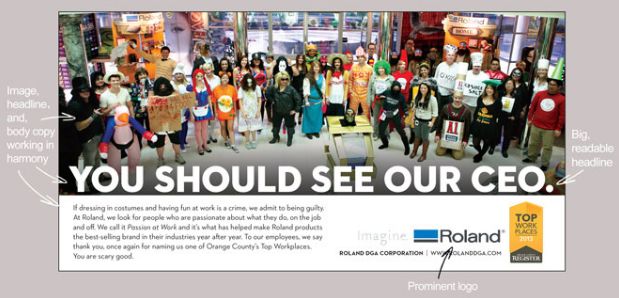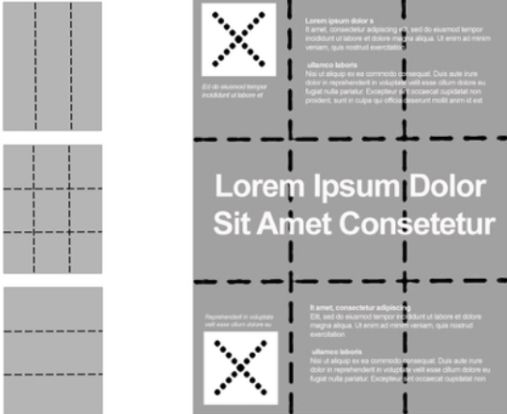Creating a Promotional Plan: 3 Key Steps
Promotional planning plays a crucial role in the success of any business. It helps you effectively communicate your products or services to your target audience and ultimately drives sales. This article will outline three essential steps to guide you in creating a promotional plan that yields significant results.
1. Define Your Goals
To start, clearly define your marketing objectives. What are you aiming to achieve with your promotional efforts? Do you want to increase brand awareness, drive website traffic, generate leads, or boost sales? By determining your goals, you can develop a focused and targeted promotional strategy.
2. Understand Your Target Audience
Next, it’s vital to have a deep understanding of your target audience. Who are they? What are their needs and preferences? By gathering this information, you can tailor your promotional messages to resonate with your audience on a personal level. This will greatly increase the effectiveness of your marketing campaigns.
3. Choose the Right Marketing Channels
Finally, selecting the appropriate marketing channels is crucial. Determine which platforms your target audience frequents and focus your promotional efforts there. Whether it’s social media, email marketing, content marketing, or traditional advertising, choosing the right channels will ensure your message reaches your intended audience effectively.
In conclusion, a well-planned promotional strategy is key to achieving your marketing objectives. By defining your goals, understanding your target audience, and selecting the right marketing channels, you can create an impactful promotional plan that generates significant results for your business.

Twenty years and countless marketing promotions later, I no longer frustrate people as much because I’ve learned how to deconstruct promotions to understand how to create effective ads and literature.
But can anyone do it? I’m not sure I agree with my old client, but there are commonalities in messaging and design that can be analyzed to create successful marketing material.
Whether you’re a new designer or a client seeking design and copy advice, this guide can help you understand how to build successful promotions.
1. The heart of a promotion: The headline
Creating life in your promotion
Your headline is critical. It gives your promotion life and meaning.
Your headline can be as simple as the word "sale" or your product name. It depends on the context. Keep it simple on a brochure or sell sheet cover, but make it attention-grabbing on a magazine ad.
Be effective, not clever
Your headline can be funny, clever, inspiring, or seductive. But it should always relate to your product and business message. Avoid using puns or well-known phrases just for the sake of it.
Don’t use humor unnecessarily
Compare these headlines for similar products with different treatments:
"Regardless of the right to bear arms, we in no way condone the right to bear feet."
This headline leaves viewers wondering. It’s confusing and forced.
"Metro Shoes back-to-school sale—happy feet make happy people!"
This headline is clear and purposeful.
A headline should tell viewers:
– Who you are
– What you’re selling
– What problem you’re solving
Here are some headline examples:
– Scare the viewer: "A little mistake that cost the farmer $3,000 a year!"
– Ease the viewer: "Good mornings follow a good Nytol."
– Impel the viewer: "Nothing hurts more than sitting on a couch."
– Intrigue the viewer: "How does the man who drives the snowplow drive to the snowplow?"
– Inspire the viewer: "Don’t dream of winning. Train for it."
– Humor the viewer: "An English ale so authentic it’ll make your teeth crooked."
2. The brain of a promotion: The copy
Be smart with your body copy. Whether it’s a paragraph in an ad or an entire brochure, the copy should reflect your business’s voice. Customize it to fit your audience. Keep it simple, natural, and avoid marketing jargon. Be active in your writing and tell a story.
Have a plan for your copy:
– Consider what you have to offer and write down the features and benefits.
– Know your audience and adopt the appropriate tone.
– Use simple words and avoid marketing lingo.
– Write in an active voice.
– Tell a story, including an introduction, what you offer, and why you offer it.
Take action from the start
Highlight the benefits of your business early on. Customers want to know how your product or service can benefit them.
Split your copy into subheadings
Use short paragraphs and include subheadings to organize your copy. Subheadings should provide a summary of your offer.
Bullets and other tricks are beneficial
Use bullets or lists to draw attention to major benefits and provide easily digestible information. Utilize visuals, such as graphs or graphics, to convey complex information.
Include a call-to-action (CTA)
Don’t forget to prompt your readers to take action. Make your CTA clear and motivate readers to act. Here are some examples of common CTA verbiage:
– Call now at
– Join the party at
– Discover the secret at
– See how we did it
– Make a difference at
– Go to our website
– Sign up for free at
– Indulge yourself now at
– Call now to speak to a success expert
– Like free prizes? Like us on Facebook!
– Find your own style at
3. The body of a promotion: The design
The design of your promotion is not just about aesthetics. It helps viewers understand the information you’re presenting.
Design harmony
Every image you use should relate to a headline or a piece of information in your promotion. Plan out where your copy and images will be placed. Consider adding captions under images, use color blocking and different font styles, and ensure that all text is readable.
Harmonize your promotion
Ensure that your images and copy work together seamlessly. They should complement each other and convey a cohesive message.

The rule of threes is a composition guide for literature. It helps you design your page to naturally conform to how viewers see and follow visual information. Splitting your page into three sections, either vertically or horizontally, creates a layout with natural structure and eye-flow.

Every promotion, whether it’s a brochure, sell sheet, flyer, or advertisement, needs a powerful structure and a strong message to effectively support your business.
Hello!
I’m Andrew Brooks, a seasoned finance consultant from the USA and the mind behind phonenumber247.com.
My career is built on a foundation of helping individuals and businesses thrive financially in an ever-changing economic landscape. At phonenumber247.com, my aim is to demystify the complex world of finance, providing clear, actionable advice that can help you navigate your financial journey with confidence. Whether it’s personal finance management, investment strategies, or understanding the nuances of market dynamics, I’m here to share insights and tools that can propel you towards your financial goals.
Welcome to my digital space, where every piece of advice is a step closer to financial clarity and success!
